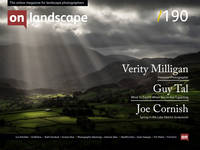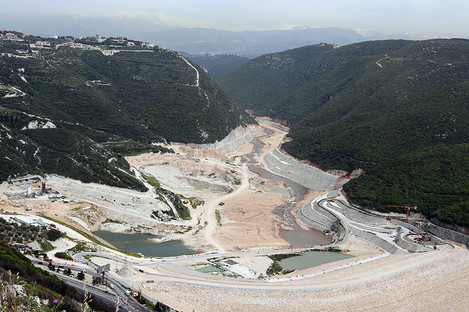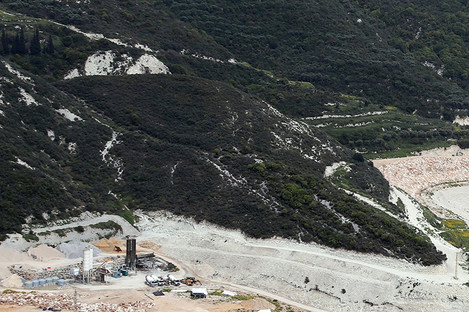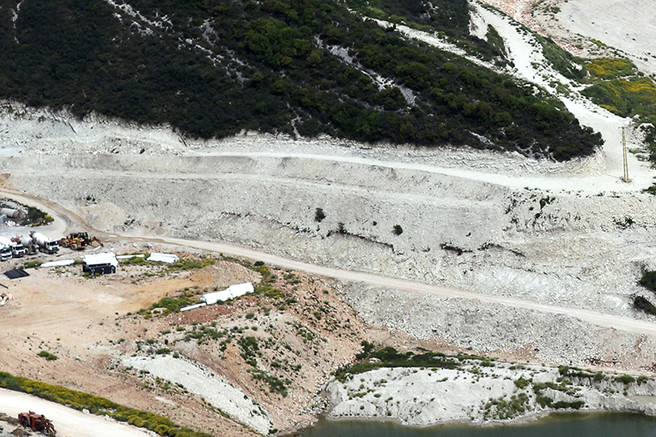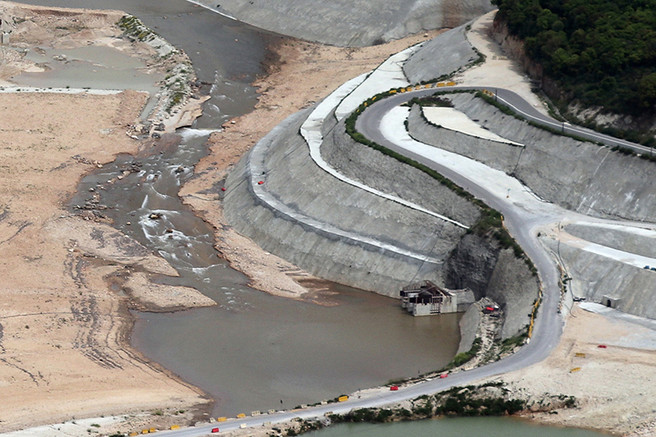A “Terrain Vague”

Gioia Sawaya
Gioia Sawaya (1994) is an architect and photographer based in Lebanon. She holds a B.Arch from NDU, Lebanon and a Masters in “Strategic Design of Spaces” from IE, Spain. Gioia’s architectural research methodology focuses on the role of theory in relation to the design process, examining the possibilities that challenge the rethinking of architecture and space in a novel way. She enjoys photography and uses it as a tool to portray a further aim, documenting real life scenarios that show people outside her domain what it is that they are really engaged in.
Forests are the breathing lungs of cities, therefore landscapes should be thought of as models for biodiversity.
As an architect, it is important for me to know how things around me are perceived. However, as a photographer, I try that my photographs portray a further aim. I believe that it is important to show people outside my profession what it is that they are really engaged in, and how unthoughtful ideas and decisions can have their effect on the environment when the balance between man and nature disappears.
Are there any borders in the first place? Where does excavation end?
Today, the tool is no more architecture, but rather a “consciousness architecture” where a more sensitive mindset is introduced. It is said that one way to understand a man-made environment is by examining the level of sensitivity put into that environment. It is also said that the measure of a place’s greatness is found in the quality of its planning. Unfortunately, by doing that, and despite all the advocating against climate change, global warming, deforestation, the reduction of carbon emissions and plastic consumption in addition to several other pressing environmental issues, unconscious planning still exists.
The complex notion of man-made settings in relation to their existing natural landscape has thus been misconceived. In a highly urbanised world that we live in, geography has become the modern element for the creation of conflict. When political and economic factors are involved, this often results in a framework with an undesirable outcome. The construction of this dam located in Mseilha, North Lebanon, is one example.
Aerial views show the irreversible damage that Mseilha's artificial dam has caused to the Lebanese natural heritage. There seem to be no limits for the excavation borders that are continuously expanding and eating up the surrounding existing landscape. The scale of the stone wall built to support the dam is, by itself, massively huge.
So my photos aim to raise awareness. They are boldly a reaction, a response to the profit-based distribution of supremacy in the governmental realm. Close-up photos stand alone to expose the radical disparities between natural and man-made borders, where the landscape’s parcelisation is slowly being transformed into one huge man-made grain clearly gaining prominence.
A “Terrain Vague” as Ignacio de Sola Morales would describe it, a discontinuity or an “urban negative”, call it what you want. Landscape territories must be reclaimed… from shapeless voids to fertile terrains, borders that portray “lines of resistance” against forceful landscape planning implementations.
The Lebanese heritage is at risk, not only in Mseilha’s dam, but in many other sites as well. We need new protocols, not only in legislation but also in developing “conscious” man-made environments, protocols that take into consideration the management of those kinds of landscape processes.
So, the question remains: what next? Little is left to say. We need to recover the place that has remained. There is no Planet B, fellow people, at least not yet.
Place: Mseilha, Lebanon
Project Type: Construction (Ongoing)
Camera: DSLR Canon EOS 200D EF-S 18-55 mm lens

